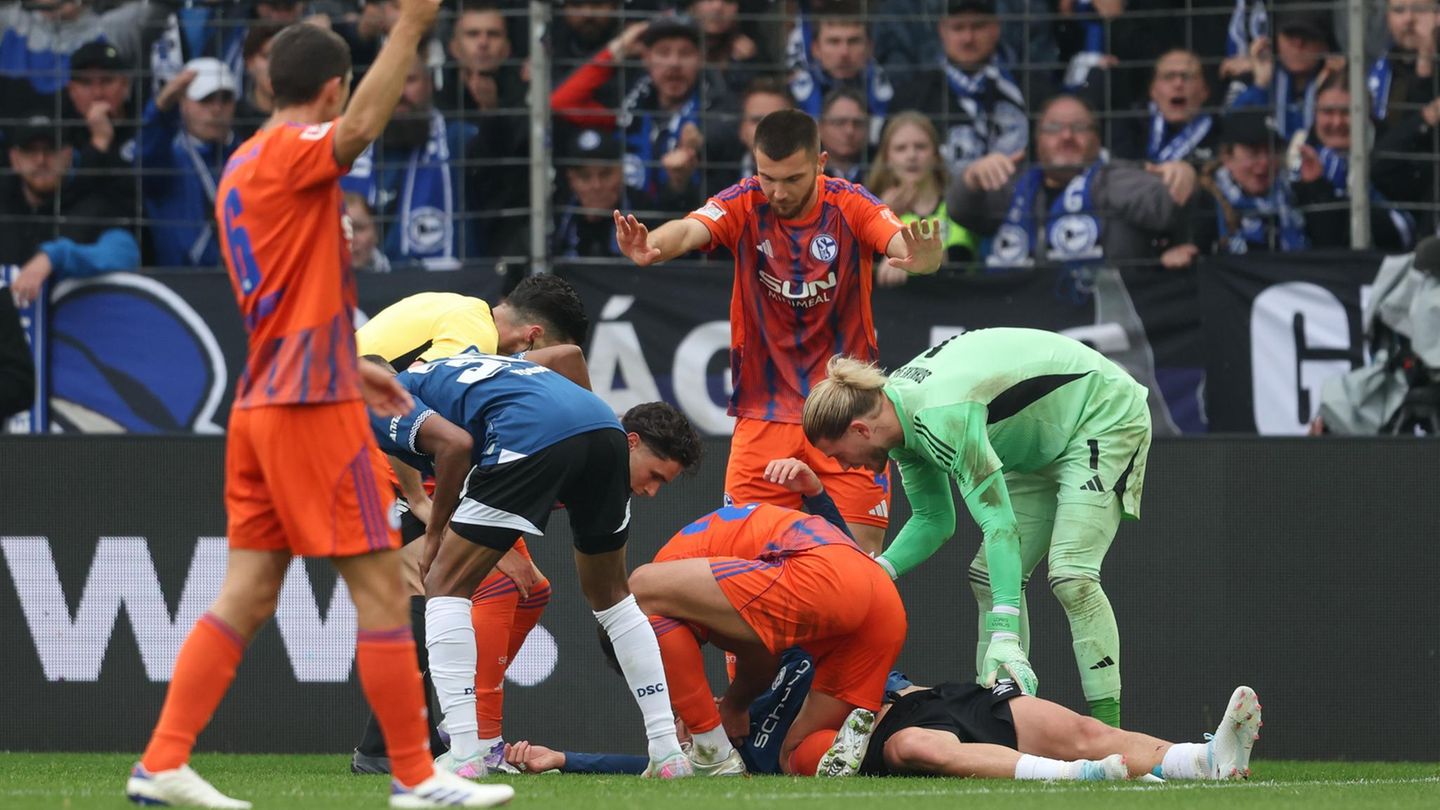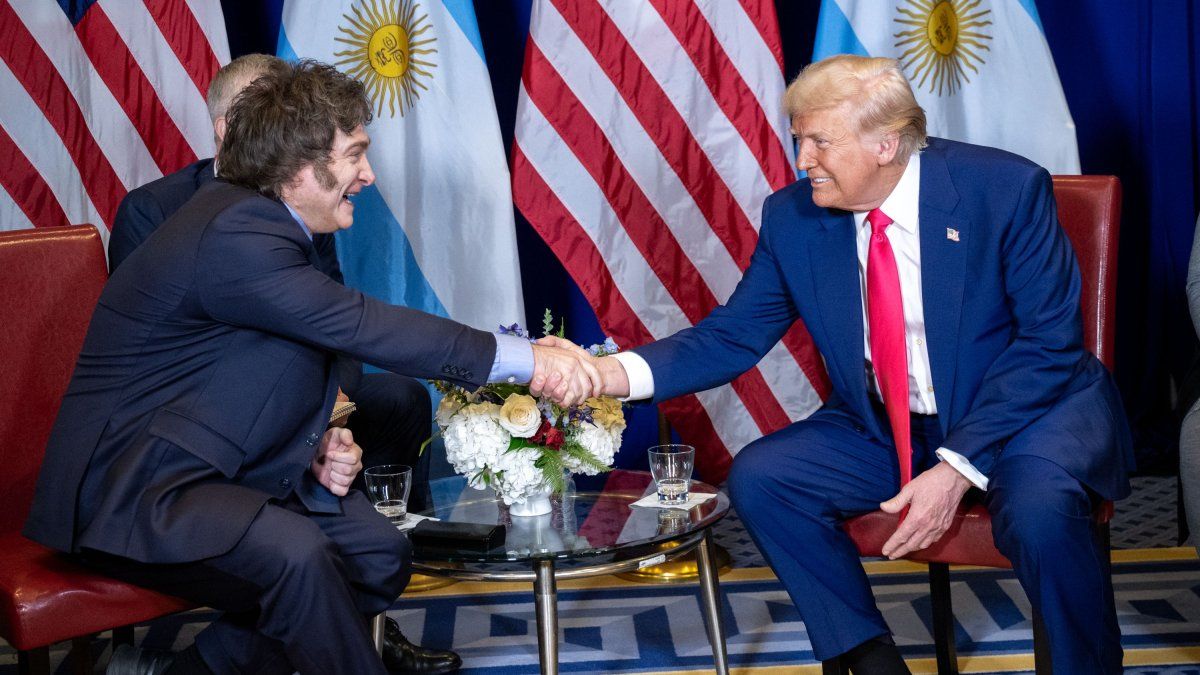In contrast, in 2021 there were around 33 million euros in media funding from the federal government. These essentially consist of press and journalism funding, private broadcasting funds and non-commercial broadcasting funds. Upcoming digitization funding will reduce the gap.
This still has to be decided by the National Council plenum before it is awarded by the media authority RTR. In the first year, 54 million are planned, but normally 20 million euros. This means that the funding for media companies that want to tackle digital change is as high as the private broadcasting fund. This provides money for private, commercial broadcasters.
oe24.tv benefited the most among TV stations
Around two thirds of these 20 million euros went to TV providers in 2021. oe24.tv from the “Österreich” media group received the most with around two million euros. Around EUR 1.7 million each went to Puls 4 and Puls 24. With ATV (approx. EUR 1.4 million), the ProSiebenSat.1Puls4 Group received around EUR 4.8 million from the private broadcasting fund. Krone.tv of the “Kronen Zeitung” received around 1.6 million euros in the previous year and thus as much as the strongest domestic private broadcaster Servus TV. Other recipients included Schau TV (“Kurier”) with around 850,000 euros, W24 with around 500,000 euros and Standard TV (“Der Standard”) with around 400,000 euros.
In the radio sector, around 420,000 euros flowed from the private broadcasting fund to Kronehit (“Kronen Zeitung” and “Kurier”), around 400,000 euros to Radio Austria (media group “Austria”) and around 390,000 euros to 88.6. Radio Arabella (partly owned by Russmedia) collected around 470,000 euros in funding for Vienna, Lower Austria and Upper Austria.
Press funding is planned for the print sector. This is awarded by the media authority KommAustria. In the previous year, 8.9 million euros flowed. The amount is broken down into distribution promotion (3.9 million), special promotion to maintain the regional diversity of daily newspapers (3.2 million) and quality promotion (1.6 million). 194,000 euros went to the Austrian Press Council to promote self-regulation in the press sector.
“Die Presse” was the front runner among print media
The top recipients of press funding in 2021 were “Die Presse” with around 1.3 million euros and “Der Standard” with around 1.2 million euros. Both media houses obtain the majority from the funding for the preservation of regional diversity. The same applies to the “Oberösterreichisches Volksblatt” (approx. EUR 860,000) and the “Neue Vorarlberger Tageszeitung” (approx. EUR 840,000). Other daily titles such as “Kleine Zeitung”, “Kurier” and “Kronen Zeitung” all received between around EUR 200,000 and EUR 300,000. The majority of their funding comes from promoting sales of daily newspapers. The “Wiener Zeitung”, “Heute” and “Österreich” received no press funding.
The weekly newspapers and magazines included “Profil” (approx. EUR 110,000), “Die Furche” (approx. EUR 107,000), “NÖN”, “Österreichische Bauernzeitung”, “Kirchenzeitung Diözese Linz”, “TV-media” and ” Falter” (approx. 100,000 euros each) are the media with the highest funding. Not to be neglected are the sums that are fed into educational institutions and associations such as the “Austrian Media Academy” (approx. 206,000 euros), “fjum – forum for journalism and media” (approx. 220,000 euros) and “MISCHA – Medien in Schule und Training” (approx. 202,000 euros).
In the previous year, KommAustria gave EUR 340,000 to magazines published less often than weekly in the form of journalism subsidies. These included “Saat – Evangelische Kirchenzeitung für Österreich” (approx. 13,000 euros) or the “Ballesterer” (approx. 9,000 euros).
Funding for non-commercial broadcasting
The non-commercial broadcasting fund is endowed with three million euros and is distributed by RTR. It is intended to support non-profit broadcasters in providing high-quality programming and to ensure broader participation in the media and thus greater media literacy. In 2021, the funds went to Okto TV (EUR 425,000), Dorf TV (EUR 311,000) and Radio Orange (EUR 249,000).
The TV Fund Austria, endowed with 13.5 million euros, has also been set up at RTR. However, this promotes independent Austrian film producers – for example in the previous year Satel Film GmbH with 1.9 million euros for the 17th season “Soko Donau” or MR-Film with 2.5 million euros for the series “Das Netz – George “. KommAustria and RTR are not involved in the media funding for the national minorities, which will be distributed for the first time in 2021. Last year it was endowed with 700,000 euros and is distributed by the Federal Chancellery. It supports periodic media that also appear in the languages of the ethnic groups. The ORF does not receive any funds from federal media subsidies. Around two thirds of its turnover and thus around 650 million euros came from the program fee, which is levied via the GIS fee. The users of the ORF television and radio services have to pay for this.
“Horrendous amount in no relation”
NEOS media spokeswoman Henrike Brandstötter objected to the “horrendous sum” of government advertisements that had “no relation to press funding”. “This unequal relationship has a negative impact on press freedom in Austria: if press funding is low, many media become more dependent on advertisements,” she warned, pointing out that some publishing houses already account for 40 percent of sales from public sector advertisements. According to Brandstötter, press and media funding must therefore be completely reorganized.
Media Minister Susanne Raab (ÖVP) launched conferences on media policy challenges in February. The restructuring of the involvement of the public sector as well as the media subsidies are also planned as focal points.
Source: Nachrichten




